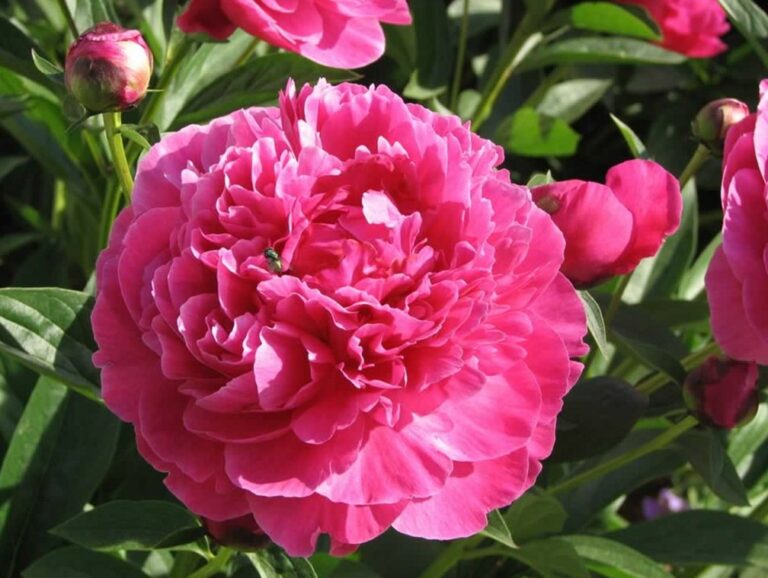Naturalist Excursion: FREC in Jackson, NJ
characteristics of the evergreens
The group returned to the Nature Center where Becky and Candace discussed cuttings that Becky had taken from surrounding trees and taught us about the characteristics of the evergreens we saw that day.
Pitch pines are the dominant species in the pine barrens. A short leafed pine can be identified by the number 2… 2 needles to each fasical, 2″ long needles, 2″ long pine cones. White 5 needle pines are not native, but are fast growing and good for reforestation. It’s easy to tell the age of a white pine because one year passes between layers of branches.
The FREC has a few small white pines in it’s parking lot area. These are the infamous “space trees” and were grown from a group of seeds that traveled aboard a Columbia space shuttle flight in April 1997.
The seeds had been given to NASA by the New Jersey Forest Tree Nursery and traveled 1.5 million miles aboard the shuttle at speeds of 17,500 miles per hour. After the mission, they were returned to the New Jersey Forest Service for germination.
The only noted effect was that while white pine seeds generally germinate in 10-14 days, Candace told us that these seeds germinated much faster than normal. The odd shape of these trees is not attributed to their flight but instead happened as a result of the young trees being left in pots for longer than they should have been. When they were finally transplanted into the ground they had become root bound which stunted their growth.

Atlantic White Cedar Reforestation Project
As we walked along the trails Candace pointed out native plants in the woods like blooming spice bushes, pepper bushes and skunk cabbage. She showed us trees with beaver damage and the hairy appearance of an old poison ivy vine. When passing some of the large fallen trees, Candace described the formation of a vernal pool. These are depressions left behind when the roots are torn up from the soil as the tree falls and the rain water collects to create temporary natural ponds. These vernal pools make a perfect nursery for amphibians who’s eggs would be vulnerable to fish predators in larger, more permanent bodies of water.

The Atlantic White Cedar forest. There used to be 100,000 acres of these forests in NJ, but this small area is now a protected treasure. It was planted in the 1990s and was a difficult project at the outset because deer love to munch on the young trees. They used electric fences until the trees matured and now the deer don’t bother with them much. The trees are crowded and not much light gets through to the bottom branches, but Candace maintains the area with the help of local scout troops, cutting back lower branches and making space for tours to walk through.

Preservation and conservation is up to all of us. I’m so delighted that I’m taking this course. This experience has been invaluable to me and it’s only just begun. I can’t wait until next Saturday when we take our trip to Wells Mills County Park. I am bringing an extra set of clothes because we will be canoeing! I apologize in advance to anyone getting into the boat with me. The statistical chance of me tipping the boat unintentionally is VERY high.


